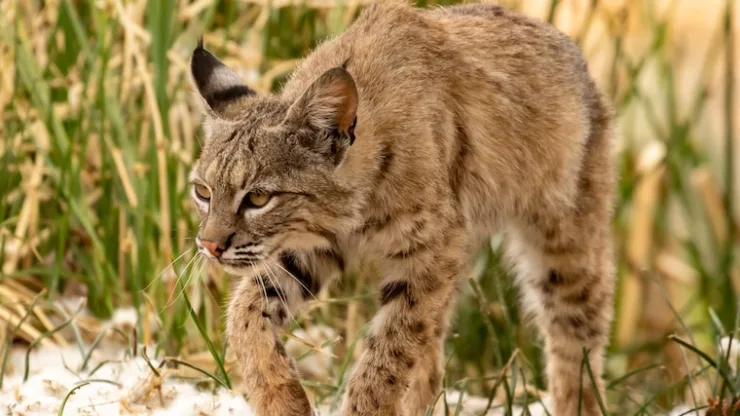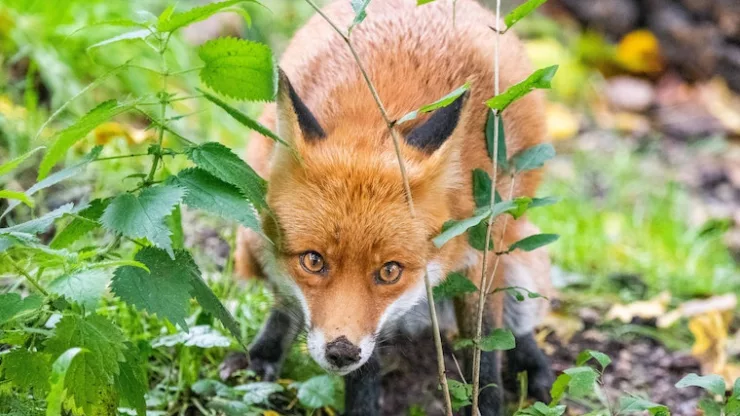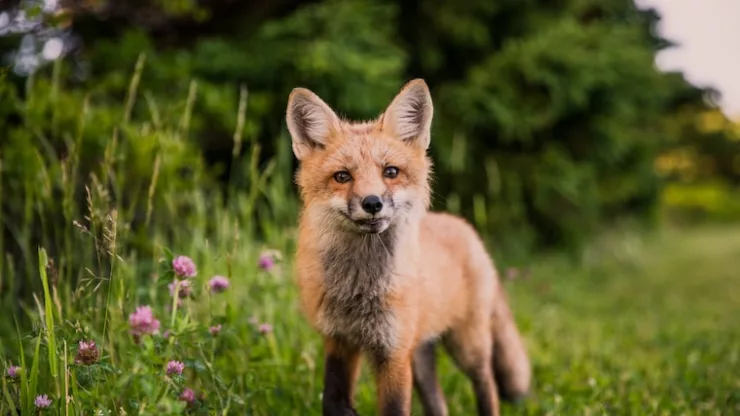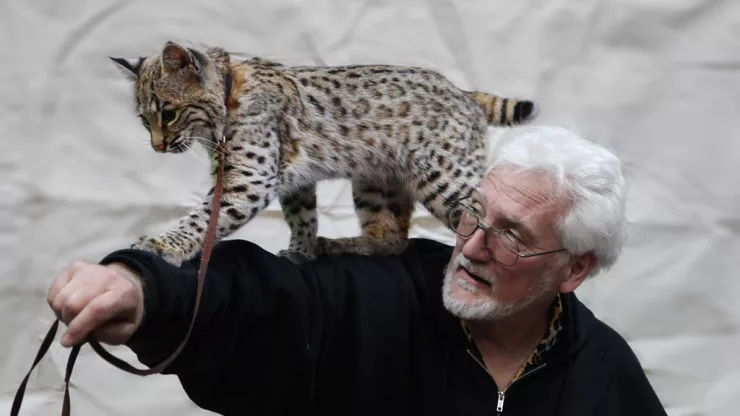Bobcats, also known as Lynx rufus, are medium-sized North American wild cats that were once believed to be solitary creatures that roamed the wilderness.
However, as urbanization continues to encroach on their natural habitats, they have found a new home in our cities and suburbs.
In this article, we will explore the history of bobcats, their adaptation to urban environments, and how we can coexist with them.
Jump to Section
Introduction
As humans continue to build cities and suburbs, they are infringing on the natural habitats of many wild animals. Bobcats are one of the many species that have had to adapt to these changes.
While some people may be concerned about the presence of these wild cats in their neighborhoods, it is important to learn about their behavior and how we can coexist with them.
Understanding Urbanization and its Impact on Bobcats
Urbanization is the process by which cities and suburbs are developed.
As more land is developed, natural habitats are destroyed, leaving animals with no choice but to adapt to their new surroundings.
This can lead to a variety of challenges for the animals, including finding food and shelter, avoiding predators, and navigating unfamiliar terrain.
History of Bobcats
Bobcats’ Range and Habitat
Bobcats are found throughout North America, from southern Canada to Mexico.
They prefer to live in wooded areas, but can also be found in deserts, swamps, and other habitats.
In the past, their range was limited due to human hunting and habitat destruction.
However, due to conservation efforts, their population has rebounded in recent years.
Bobcats’ Diet and Predators
Bobcats are carnivores and primarily eat small mammals such as rabbits, rodents, and birds.
They may also eat larger prey such as deer. Their main predators include coyotes, mountain lions, and humans.
Bobcats in Urban Areas
Reasons for Bobcats’ Migration to Urban Areas
As natural habitats are destroyed by urbanization, bobcats have been forced to find new places to live.
Urban areas provide a variety of resources for them, including food, water, and shelter.
Additionally, some researchers believe that bobcats may be attracted to urban areas because they are less likely to encounter predators.
Bobcats’ Adaptation to Urban Environments
Bobcats have adapted to urban environments in a number of ways.
They may use storm drains and culverts as dens, and hunt small prey such as squirrels and rabbits in parks and backyards.
Additionally, they may become more active at night in order to avoid humans.
Bobcats’ Interaction with Humans and Domestic Animals
While bobcats may occasionally prey on domestic animals such as small dogs and cats, they generally do not pose a threat to humans.
However, it is important to keep a safe distance from them and not to feed them.
Feeding bobcats can cause them to become too comfortable around humans, increasing the risk of conflicts.
Bobcat Conservation and Management
Threats to Bobcats in Urban Areas
Despite their adaptation to urban environments, bobcats still face a number of threats. These include habitat destruction, road mortality, and conflicts with humans.
Bobcat Protection Laws and Regulations
Bobcats are protected under state and federal laws, and it is illegal to hunt or trap them without a permit.
Additionally, some states have restrictions on the possession and sale of bobcat pelts.
Bobcat Management Strategies in Urban Areas
To manage bobcat populations in urban areas, researchers and wildlife managers may use a variety of strategies. These include habitat restoration, road mitigation measures, and public education campaigns.
Coexisting with Bobcats in Urban Areas
It is possible to coexist with bobcats in urban areas. By keeping a safe distance from them and not feeding them, we can reduce the risk of conflicts.
Additionally, we can support conservation efforts by preserving natural habitats and advocating for the protection of wildlife.
FAQ
Can bobcats be kept as pets?
No, it is illegal to keep bobcats as pets in most states.
What should I do if I encounter a bobcat?
If you encounter a bobcat, keep a safe distance and do not approach it. Make loud noises or throw objects to scare it away.
Are bobcats dangerous to humans?
While bobcats generally do not pose a threat to humans, it is important to keep a safe distance from them and not to feed them.
How can I help conserve bobcats?
You can support bobcat conservation efforts by advocating for the protection of wildlife, preserving natural habitats, and reporting any sightings to wildlife officials.
I’m a nature enthusiast and creator of Metro Wilds and have spent years exploring the great outdoors.
With a passion for environmental conservation and sustainability, I have dedicated my career to writing about the beauty and wonders of nature, as well as the threats facing our planet.
Contact me at [email protected] for assistance.





